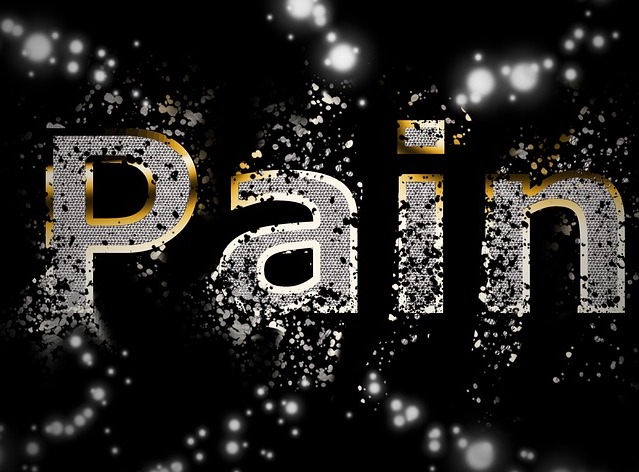
Cleveland Clinic’s Back on TREK program, offering non-invasive, drug-free treatment for lower back pain, has seen very encouraging results with experts saying it could play a significant part in resolving the growing opioid crisis.
The US Centers for Disease Control and Prevention (CDC) currently estimates that on average 130 Americans die every day from an opioid-related overdose, and around 40% of these deaths involve a prescription opioid.
Back on TREK program (which stands for ‘Transform, Restore, Empower, Knowledge’) uses a combination of behavioral medicine for pain and physical therapy to treat patients who have had lower back pain for three months or more.
The Back on TREK program team reports that the majority of individuals who complete the program demonstrate clinically significant improvements in pain-related function, pain interference, and quality-of-life indicators,
– Dr. Sara Davin of Cleveland Clinic
Encouraging Results
“The results have been very encouraging,” says Cleveland Clinic psychologist and director of the program, Dr. Sara Davin.
“I recently led a study that found reductions in disability and improvement in the quality of life were remarkably greater in those who completed Back on TREK program when compared to a similar group of patients who completed a course of traditional physical therapy.”
RELATED: Hair Loss Treatment with Adipose-Derived Cells
Back on TREK program was introduced as a pilot program in 2016, and is now established at three Cleveland Clinic facilities, overseen by a multidisciplinary team of spine specialists, psychologists, and physical therapists.

Unique Therapy Techniques
“Our therapy methods are not ones that patients have typically encountered before – our physical therapists use Pain Neuroscience Education, while our psychologists use cognitive behavioral therapy tailored for pain management,” explains Dr. Davin.
The role of the pain psychologist is to equip patients with tools to reduce their pain, improve their function, and reduce the stress associated with pain.
“The Back on TREK program can also help individuals who are planning to or have had, surgeries for pain. The great news is that the techniques taught in the program can help to improve surgical outcomes! Additionally, the TREK program can help those who would like to learn how to manage their pain without opioids, or with less medication overall,” says Dr. Davin.
Significant Improvements Post Back on TREK Program
The Back on TREK program team reports that the majority of individuals who complete the program demonstrate clinically significant improvements in pain-related function, pain interference, and quality-of-life indicators, as well as observing a reduction in fatigue, sleep, and anxiety.
A less expected but often-reported bonus is improved social role satisfaction, which Dr. Davin and her colleagues believe results from two factors – the first being the emphasis they place on encouraging patients to re-engage in life since pleasure has been shown to decrease the physical pain.
The second factor is the strong group focus in the Back on TREK program, particularly as fellow participants share a bond over a common problem. Two of the three weekly sessions are a group or individual physical therapy sessions. Participants attend one 90-minute group psychology session a week, which involves cognitive and behavioral skill-building as well as an in-session meditation practice.
After four weeks, patients are reevaluated by the multidisciplinary TREK team and, based on their needs and results, could continue on the program for up to 10 weeks.
SEE ALSO: Sports: Why It’s Important to Save The Meniscus in an Injured Knee
Works for Any Type of Chronic Pain
Dr. Davin says the behavioral techniques she teaches would work for any chronic pain condition, although the physical therapy would need to be specific to each condition, so there is a far wider application for this type of program.
“It is increasingly being accepted that programs such as this should be the standard of care for any chronic pain, but there are few available in the US,” says Dr. Davin.
She points out, however, that there are new efforts to scale Back on TREK program to abbreviated and/or digital formats to reach more patients. Additionally, she emphasizes that many of the cognitive and behavioral techniques (CBT) for pain used in the program could be taught to practitioners in other medical disciplines, thus broadening its reach.

